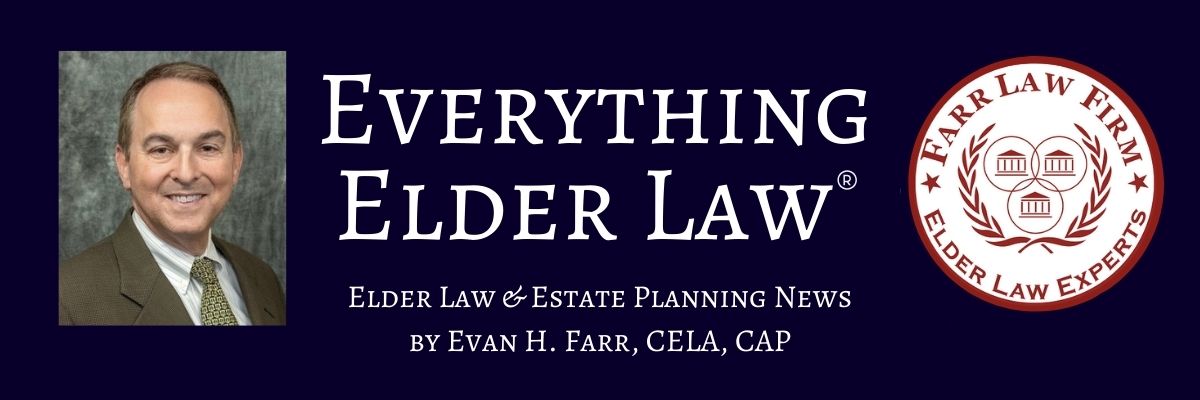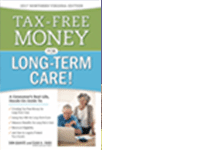 Q. Inflation has gotten bad, and my wife and I have had to dip into our savings more than ever for food and other necessities. What are some ways you suggest to deal with the situation? Are there any benefits we might not be aware of that could help?
Q. Inflation has gotten bad, and my wife and I have had to dip into our savings more than ever for food and other necessities. What are some ways you suggest to deal with the situation? Are there any benefits we might not be aware of that could help?
A. Consumer prices have jumped 8.3 percent in the last year, a 40-year high.
According to Bloomberg, “(s)eniors are clearly struggling from the rapid increase in prices. About half of older Americans said they had to spend emergency savings in the past 12 months, and an increasing number are turning to food pantries or the Supplemental Nutrition Assistance Program, according to a May survey of 3,056 people from the Senior Citizens League. Among other issues, seniors spend a larger portion of their incomes on medical care.”
Premiums for Medicare Part B have also jumped 14.5 percent for the most recent year. According to the Bank of America Institute, data published last month shows that “baby boomers’ savings and checking account balances are starting to decline from their 2022 highs. The drop-off hasn’t been as drastic as it has been for younger cohorts, but boomers’ savings didn’t spike as much as theirs did in 2020 and 2021.”
Programs That Offer Assistance to Seniors Are Available but Underutilized
Even a few hundred dollars in assistance monthly can make a big difference to seniors living on limited incomes that make it difficult to afford basics such as food, housing, transportation, and health care. Often, though, people are unaware about how to find out about benefits and whether they qualify. And older adults are often reluctant to seek help, especially if they’ve never done so before.
“Tens of billions of dollars of benefits are going unused every year because seniors don’t know about them, find applications too difficult to complete, or feel conflicted about asking for help,” said Josh Hodges, chief customer officer at the National Council on Aging, an advocacy group for older Americans that runs the National Center for Benefits Outreach and Enrollment.
Below are examples of some of the benefits seniors are not taking full advantage of:
- Nearly 14 million adults age 60 or older qualify for aid from the federal Supplemental Nutrition Assistance Program (also known as food stamps) but haven’t signed up.
- An AARP analysis of national SNAP participation data among adults ages 50 and older finds that 16 million adults in that group could be eligible for SNAP but are not participating, and more than 3 million are missing out on over $200 a month in benefits.
- Older nonparticipants are more likely than younger ones to be missing out on substantial SNAP benefits.
- More than 3 million adults 65 or older are eligible but not enrolled in Medicare Savings Programs, which pay for Medicare premiums and cost sharing.
- If you qualify for the QMB program:
- Medicare providers aren’t allowed to bill you for services and items Medicare covers, including deductibles, coinsurance, and copayments.
- You may get a bill for a small Medicaid co-payment, if one applies.
- You’ll also get Extra Help paying for your prescription drugs. You’ll pay no more than $4 in 2022 for each drug covered by your Medicare drug plan.
- Some states have additional Medicare savings programs, even for people who are still working.
- You apply for Medicare Savings Programs through your state. When you apply, your state determines which program(s) you qualify for, if any.
- For more information about Virginia’s Medicare savings programs, click here.
- For more information about Maryland’s Medicare savings programs, click here.
- For more information about DC’s Medicare savings program, click here.
- Medicare’s Limited Income NET Program provides temporary Part D prescription drug coverage for low-income Medicare beneficiaries not already in a Medicare drug plan including:
- Full Benefit Dual Eligible and SSI-Only beneficiaries on a retroactive basis, up to 36 months in the past; and
- Low-Income Subsidy (LIS) Eligible beneficiaries at the pharmacy counter and up to 30 days in the past.
- Programs funded by the Older Americans Act, such as home-delivered meals and legal assistance for seniors facing home foreclosures or eviction, don’t require a means test, although people with low incomes are often prioritized. And some local programs, such as property tax breaks for homeowners, are available to anyone 65 or older.
- Older adults with low incomes also can get assistance with high energy bills through the Low Income Home Energy Assistance Program. Your local utility company may also provide emergency relief to seniors who can’t pay their bills.
- Property tax relief programs for seniors are also available in Fairfax County, VA, Montgomery County, MD, and DC and most other counties in the United States. Click here for a more complete list of property tax relief programs in local jurisdictions
- For veterans, this may be the time to take a look at using your VA benefits.
- If you qualify for the QMB program:
Many programs target seniors with extremely low incomes and minimal assets. But that isn’t always the case. Even if you think you might not qualify, you should consider applying because there are different rules across states.
According to Jeanette Suarez of Meals on Wheels who is working with an increasing number of inflation-stressed seniors in search of assistance, “(a)ll around, they [seniors] are feeling the pinch. They’re relying on family if they have to. They don’t want to bother their adult children. And so, they’re trying to find out what they qualify for.”
“You’ve earned these benefits,” Hodges said, and seniors should think of them “like their Medicare, like their Social Security.”
There May Be Some Social Security Cost of Living Adjustment (COLA) Relief for 2023 on the Horizon
A leading advisor to Social Security is recommending an 8.7 percent COLA for next year, the biggest increase in monthly payments in 40 years. That would result in an extra $144 per month for the average Social Security retiree.
The final COLA will be announced in October.
Plan Ahead for Retirement and Long-Term Care
Whether you are retired or planning on retiring soon, it’s still important to plan ahead — and there is no time like now to do so.
Here at the Farr Law Firm, we stay on top of the strategies you need to put in place to keep yourself and your family protected.
If you’ve not done Retirement Planning, Estate Planning, or Long-Term Care Planning (or had your planning documents reviewed in the past five years – or last three years if you’re over 65), or if you have a loved one who is nearing the need for long-term care or already receiving long-term care, please call us to make an appointment for an initial consultation:
Retirement Planning Fairfax: 703-691-1888
Retirement Planning Fredericksburg: 540-479-1435
Retirement Planning Rockville: 301-519-8041
Retirement Planning DC: 202-587-2797














Leave a comment
You must be logged in to post a comment.